Ebook's
Content
Field dismounting of the Enfield No 2
revolver
- Exploded
view and parts nomenclature
- Barrel turned down on its hinge
- Locking latch in abutment against the hammer face
- Dismounting of the cylinder
- Lever of the cylinder catch unlocked
Advance
dismounting of the Enfield No 2 revolver (1)
- Disassembly
of the cylinder unit
- Ejector nut unscrewed
- Dismounting of the cylinder catch and lever
- Dismounting of the barrel hinge pin
- Separation of the barrel unit from the frame
Advance
dismounting of the Enfield No 2 revolver (2)
- Removal and
disassembly of the extractor lever
- Dismounting of the cylinder catch
- Dismounting of the front sight
- Dismounting of the cylinder axis
- Detachment of the grip plates
Advance
dismounting of the Enfield No 2 revolver (3)
- Dismounting
of the barrel latch
- Hand vise squeezing the V-shaped return spring
- Detachment of the side cover plate
- Dismounting of the main spring
- Dismounting of cylinder hand
Advance
dismounting of the Enfield No 2 revolver (4)
- Dismounting
of the rebound lever
- Dismounting of the hammer unit
- Dismounting of the trigger
- Dismounting of the cylinder stop
- Dismounting of the recoil plate
- Dismounting of the lanyard ring
Functioning
of the Enfield No 2 revolver (1)
- Functioning
of the extractor mechanism
- Extractor lever in abutment against the frame
- Extractor being lifted by the barrel rotation
- Barrel unit rotated back to its initial position
Functioning
of the Enfield No 2 revolver (2)
- Functioning
of the trigger mechanism
- Rotation of the cylinder
- Rebound lever engaged in the cut of the hand
- When the trigger is depressed
- Locking and unlocking of the cylinder
- Interaction of the trigger with the cylinder stop
Functioning
of the Enfield No 2 revolver (3)
- Firing cycle
explained
- Early stage of the firing sequence
- Hammer released and beginning its forward fall
- Explosion of the cartridge in line
- Return of the trigger to its initial position
- Action of the rebound lever
- Hammer breast in abutment against the safety
Markings
on the Enfield No 2 revolver (1)
- Producer
markings
- Royal Small Arms Factory of Enfield
- Albion Motors LTD (in Scotland)
- Howard Auto Cultivators (Australia)
- The serial number
- The letter prefix before the serial number
Markings
on the Enfield No 2 revolver (2)
- Military
proof markings
- Commercial proof markings
- Enfield Logo marking
- Broad arrow and "percentage inspected" markings
- Steel batch code on the cylinder
- Mark I** marking on hammer and trigger
- Inspector stamps
- Various letters and numbers
- Military unit markings
Markings
on the Enfield No 2 revolver (3)
- D.P. (Drill
purpose) and UNSERV (unserviceable) markings
- Canadian Military ownership marking
- FTR (Factory Thorough Repair) marking
- Draw lapped barrel
marking
- Spare part marking
- Modification or repair of the barrel and/or sights
Story
and evolution of the Enfield No 2 revolver (1)
- Webley &
Scott Mark III revolver in .38 S&W
- Webley & Scott Mark IV in .38 S&W
- Kynoch 38-200 cartridge
- Pistol Revolver ENFIELD .380" experimental
- The production drawings of June 1923
- Tests of November 1927
- Enfield no 2 Mark I with removable rear sight
- Two variations of the adjustable rear sight
- Mark I checkered walnut grip plates
- Second type of walnut grip plates with serrations
- Blank, drill, and proof cartridges
- Trials of end of 1930 - early 1931
- Hammer safety by Capt. Boys
Story
and evolution of the Enfield No 2 revolver (2)
- Skeleton
model for instructional purpose
- .22 caliber version of the No 2 Mk I
- Parker Hale .22 conversion
- Appearance of the No 2 Mark I* variation
- Mark II serrated wood grip plates
- Mark II walnut right side plate fitted with the early screw nut
- Appearance of the No 2 Mark I** variation
- Mark III Bakelite grip plates
- Wartime production by the Scottish firm Albion Motors Ltd.
- Production of the firm Howard Auto Cultivators
- Development of the No 2 Mk I Revolver at Howard Auto Cultivator
- The snub nose variation
Ebook screen prints
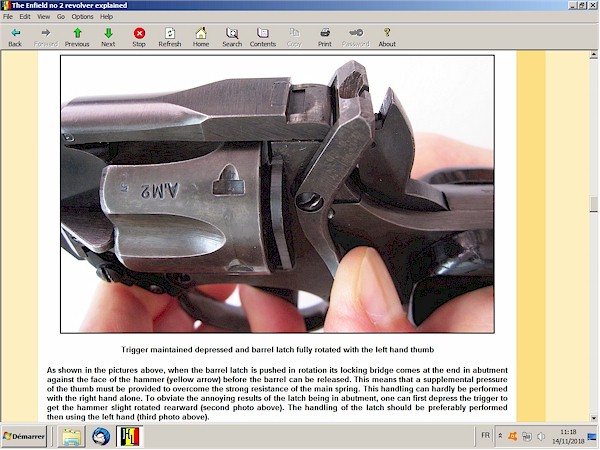
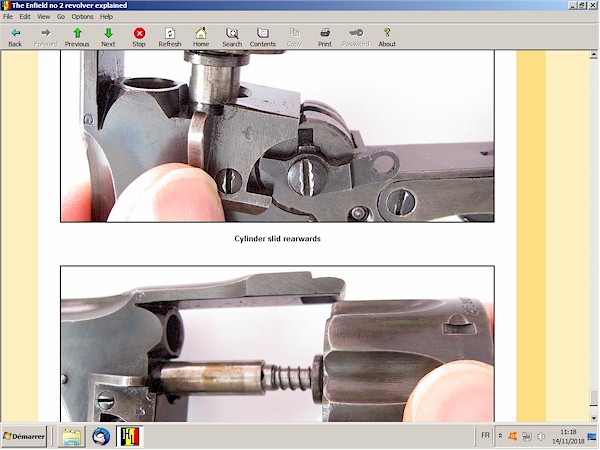
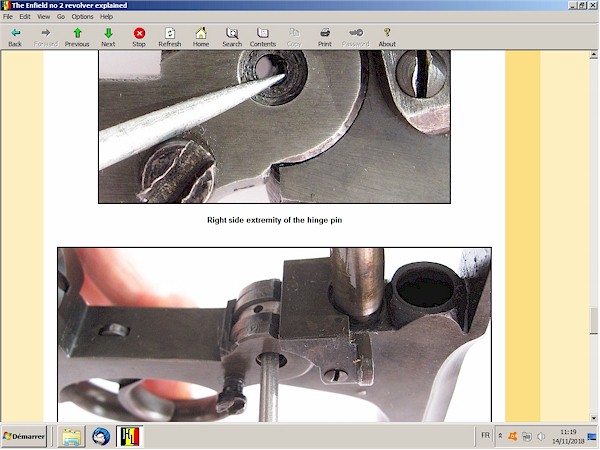
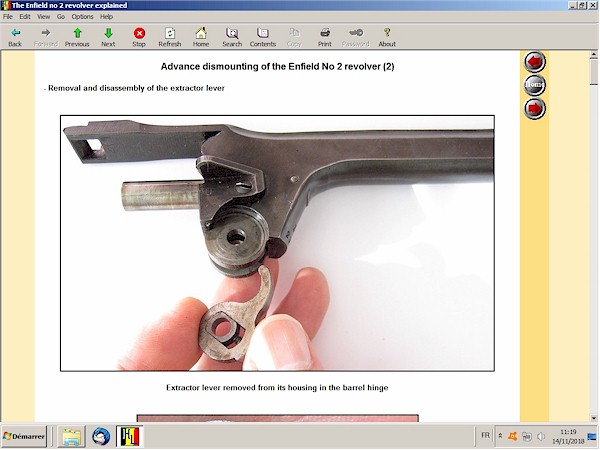
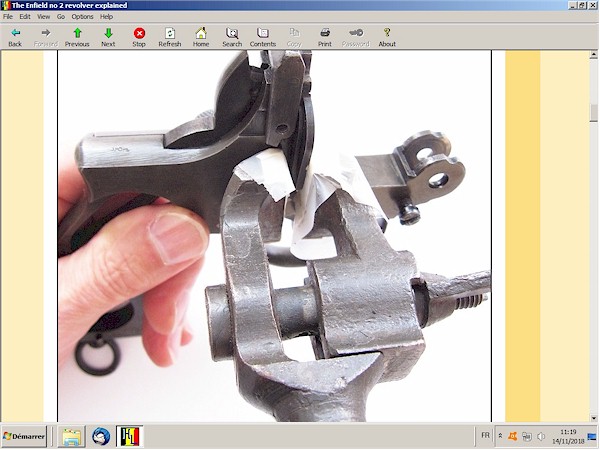
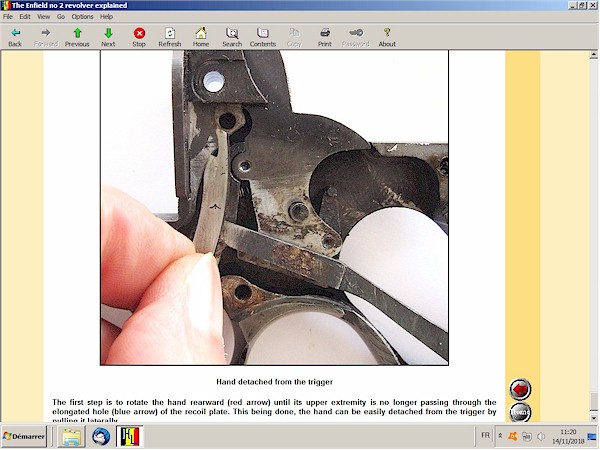
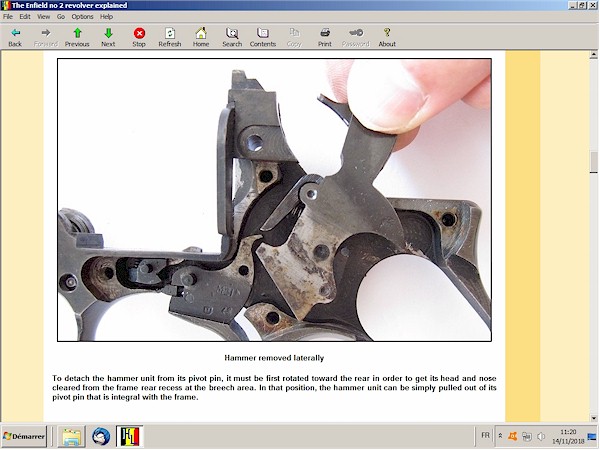
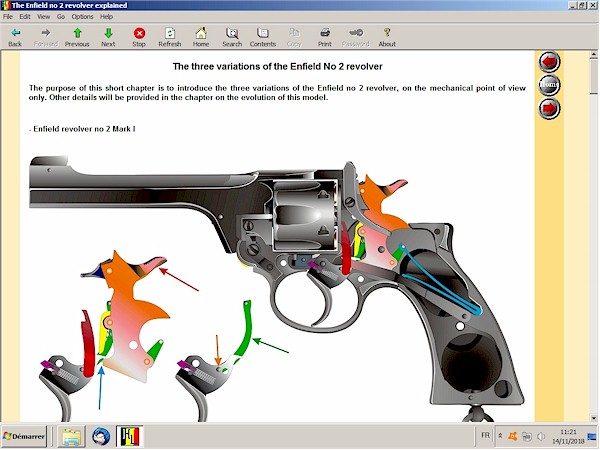
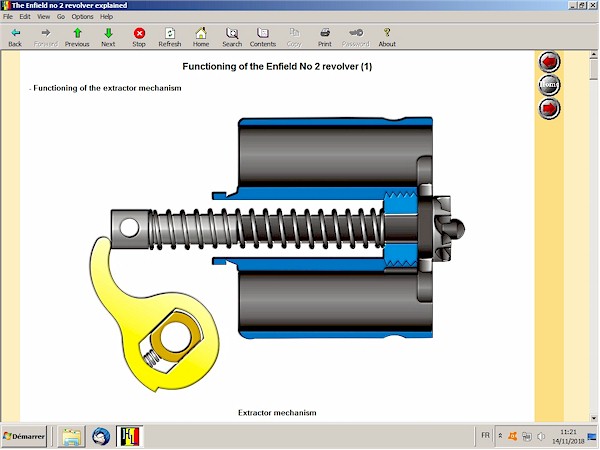
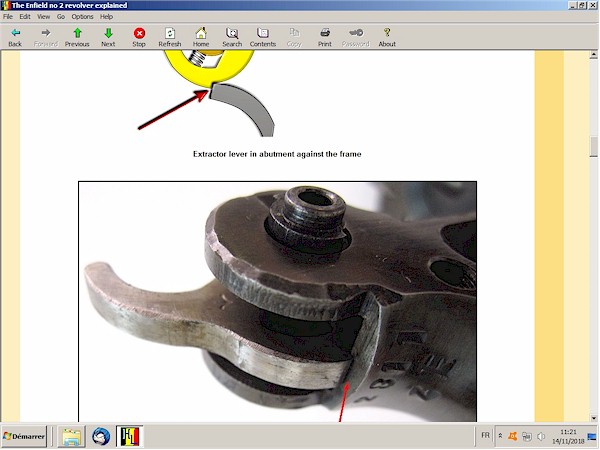
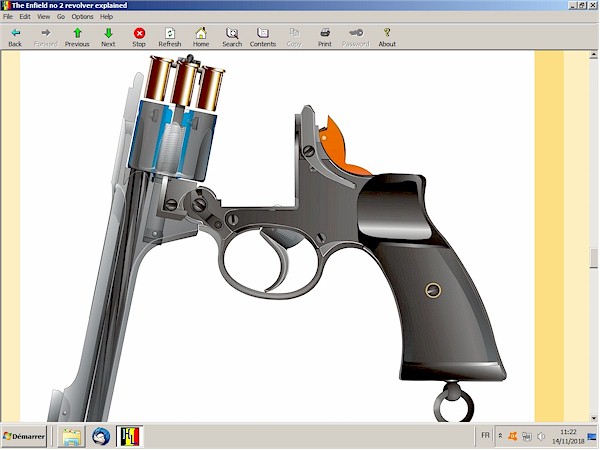
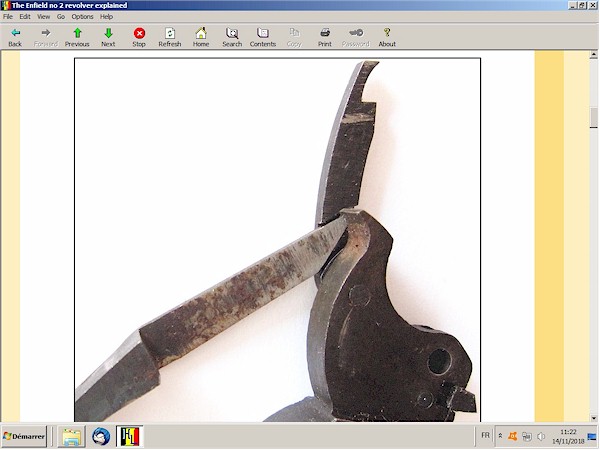
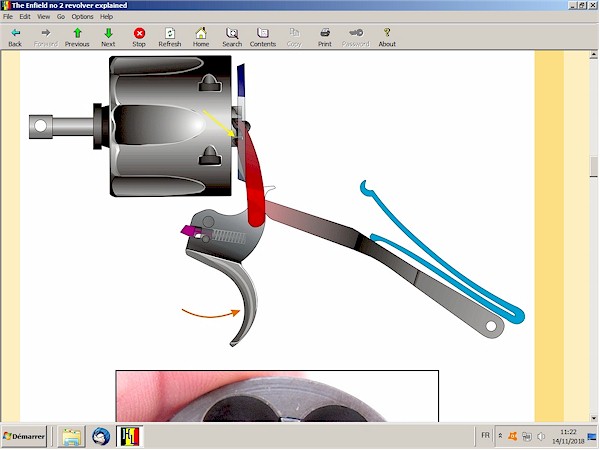
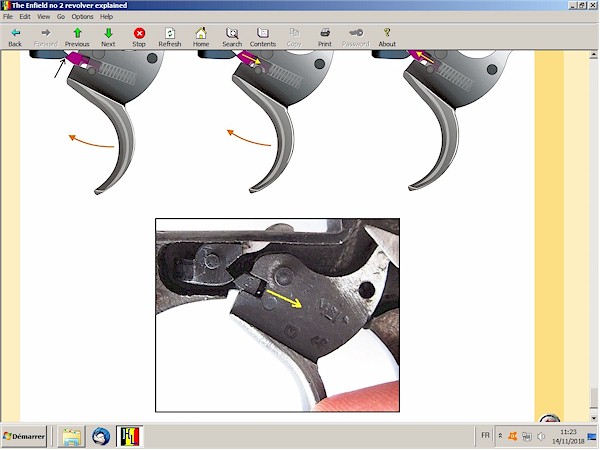
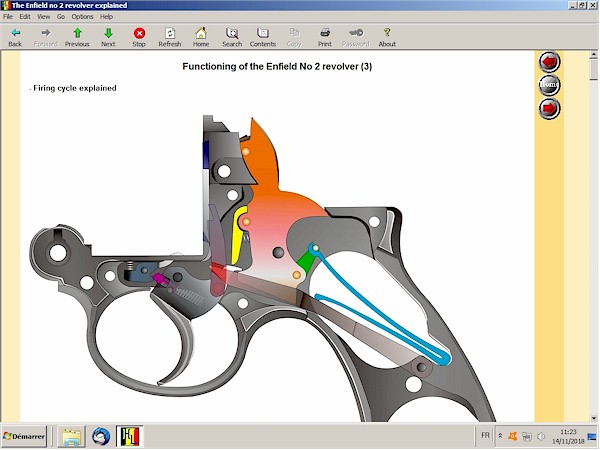
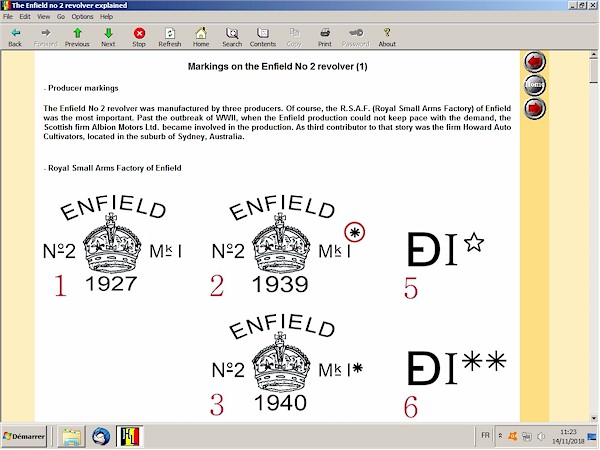
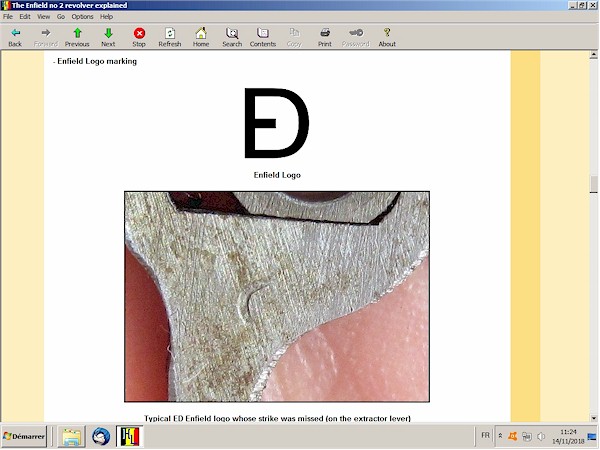
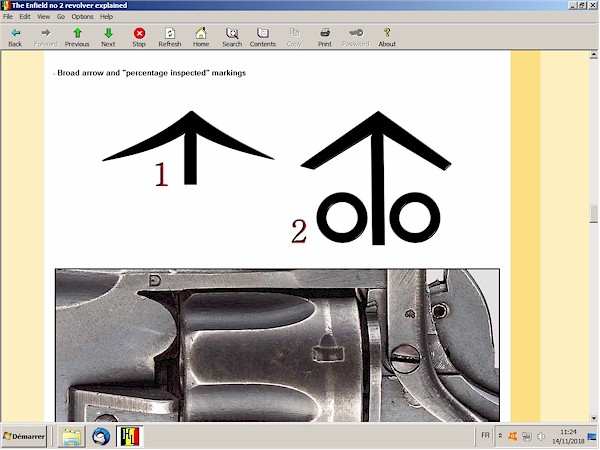
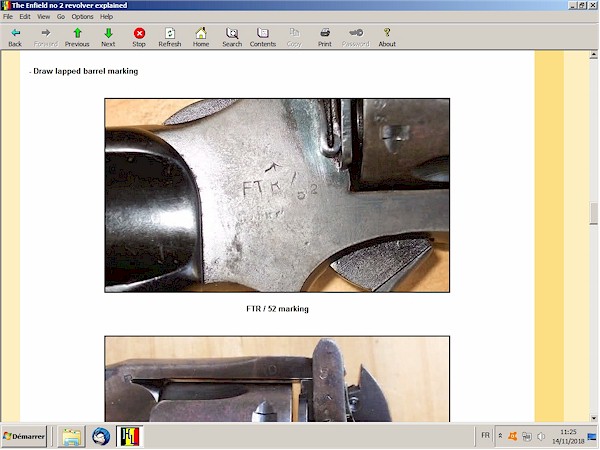
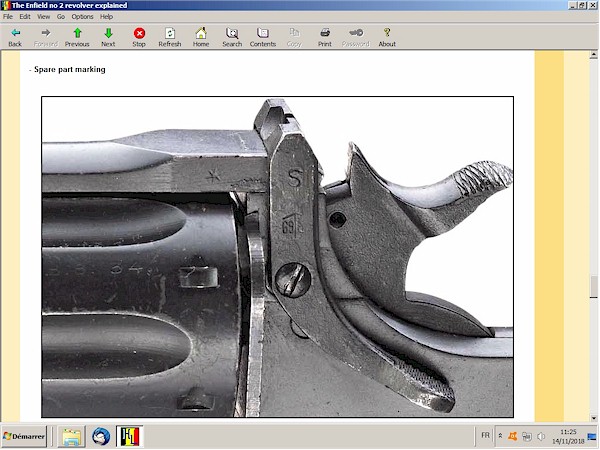
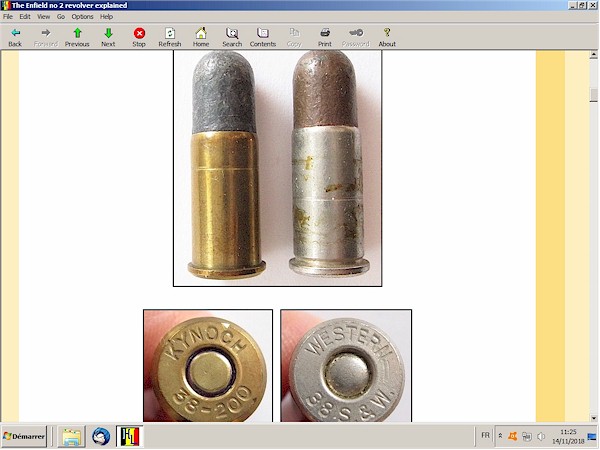
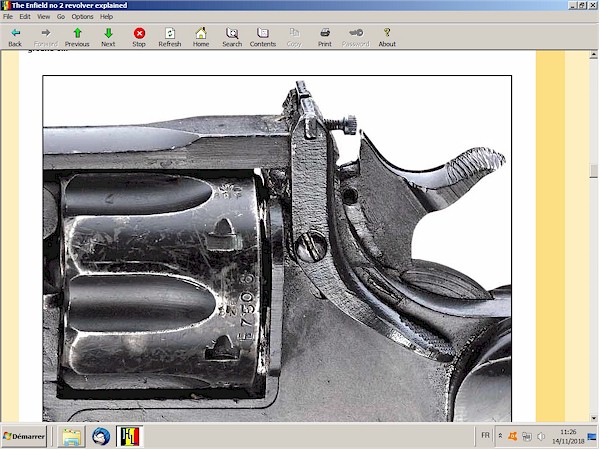
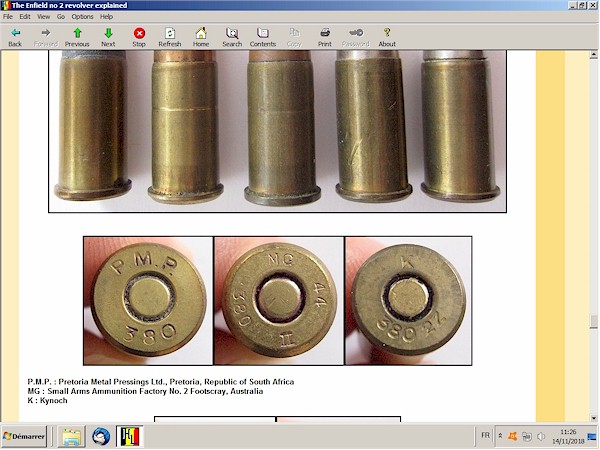
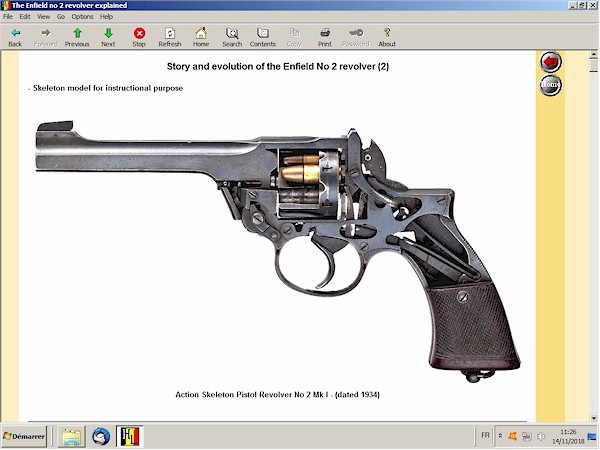
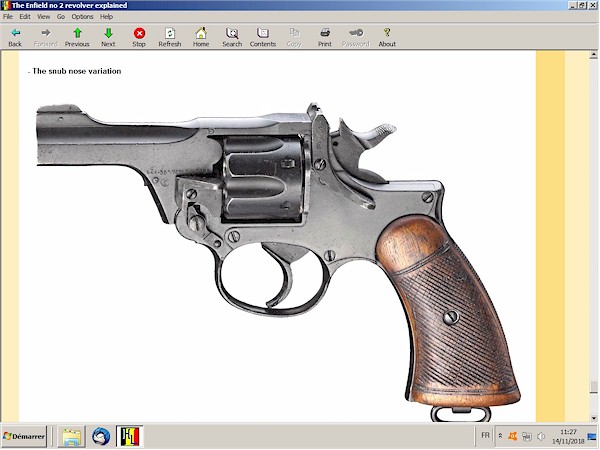 |